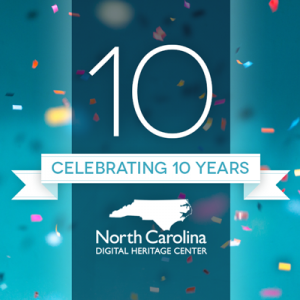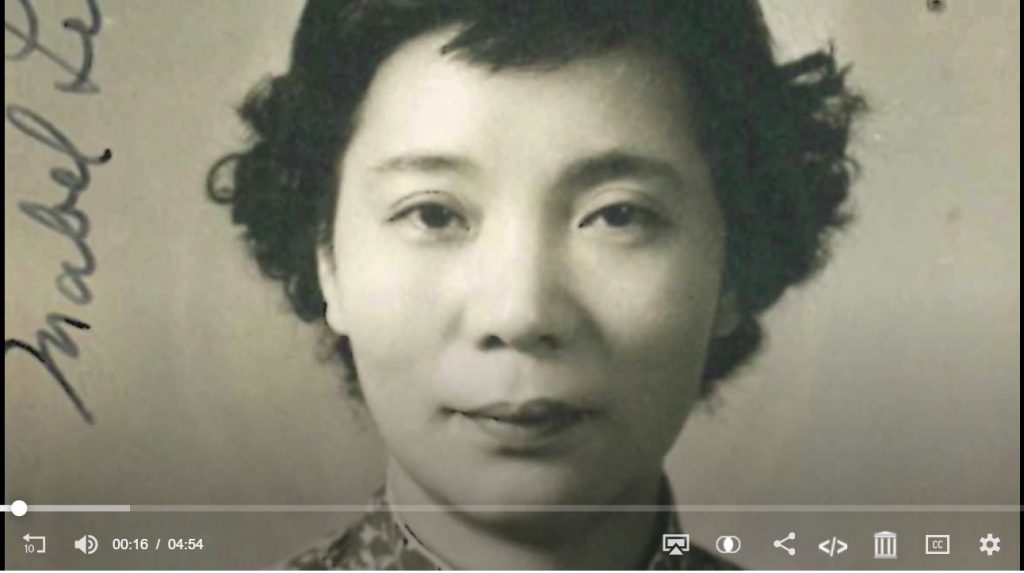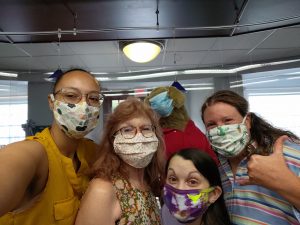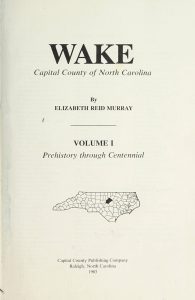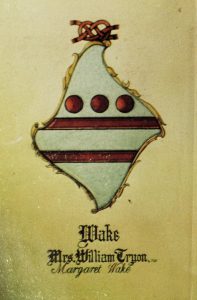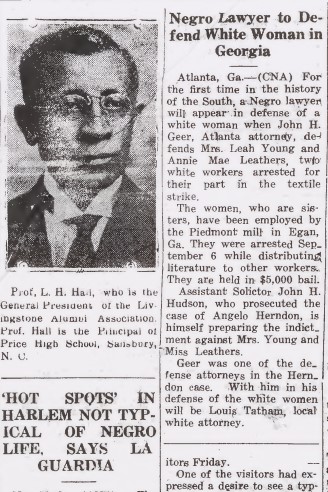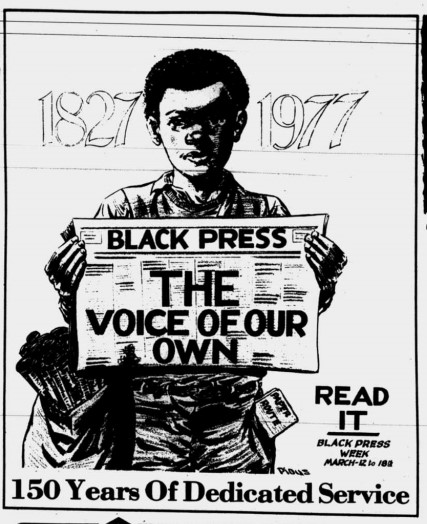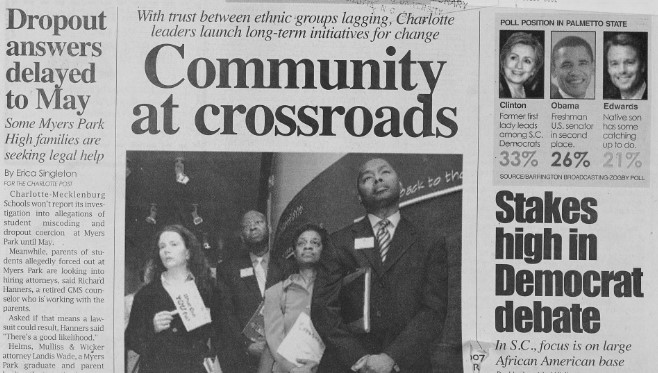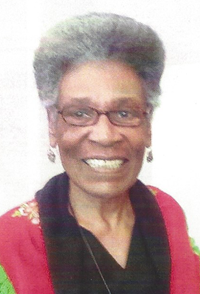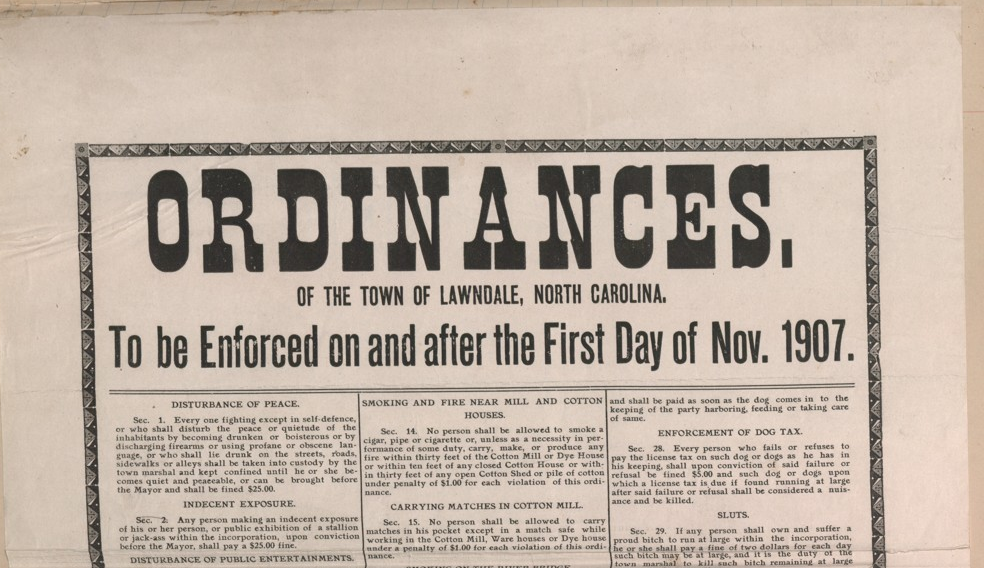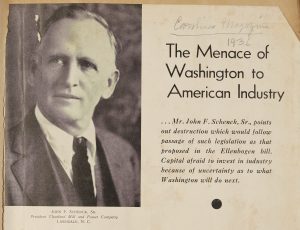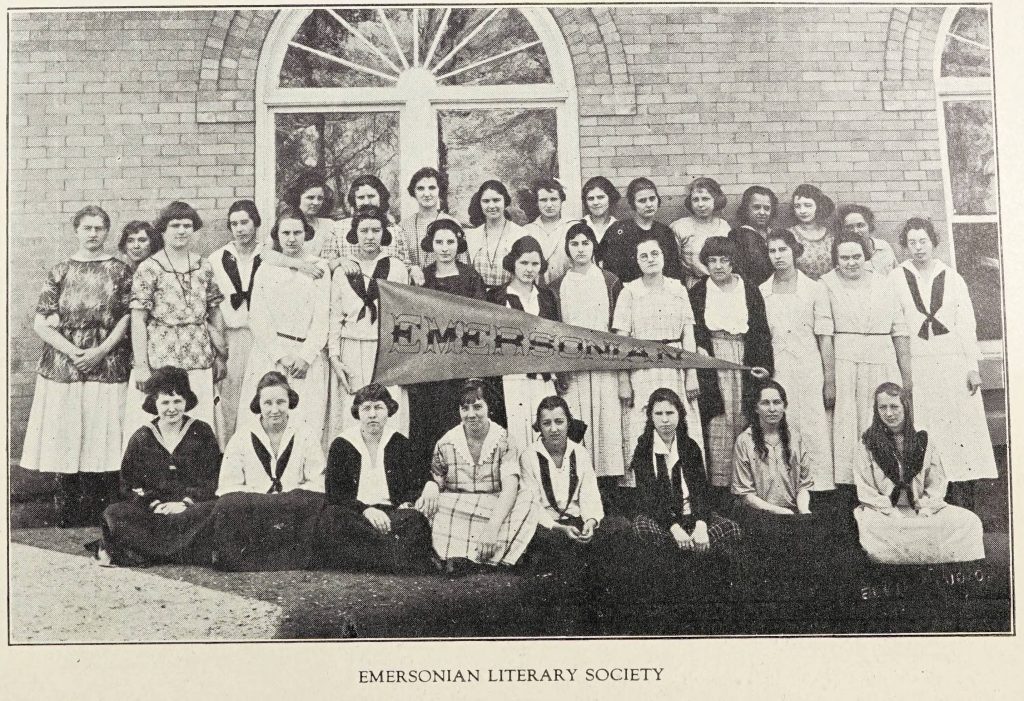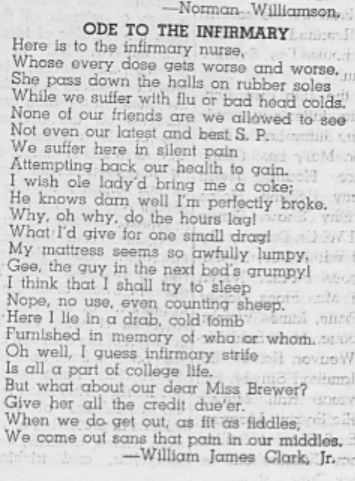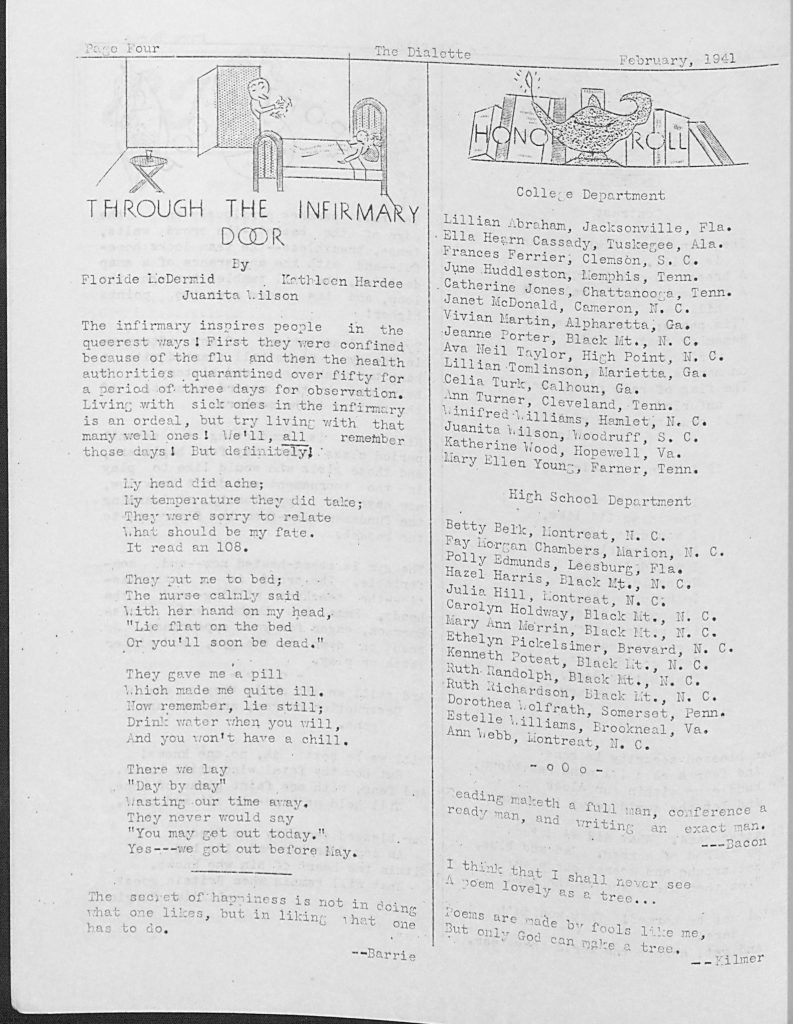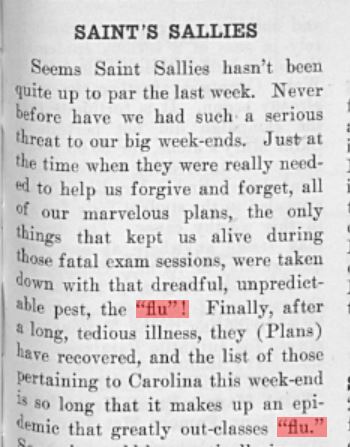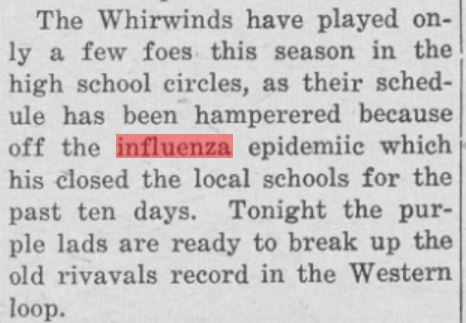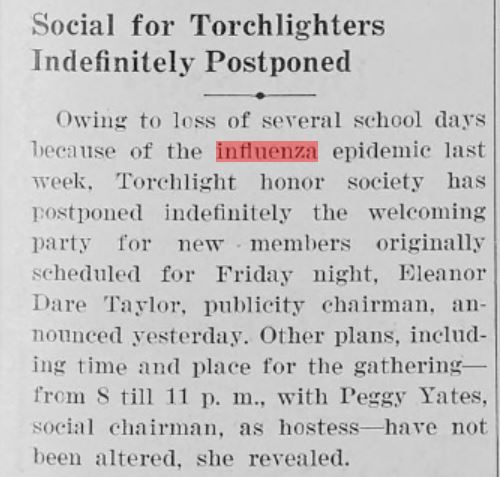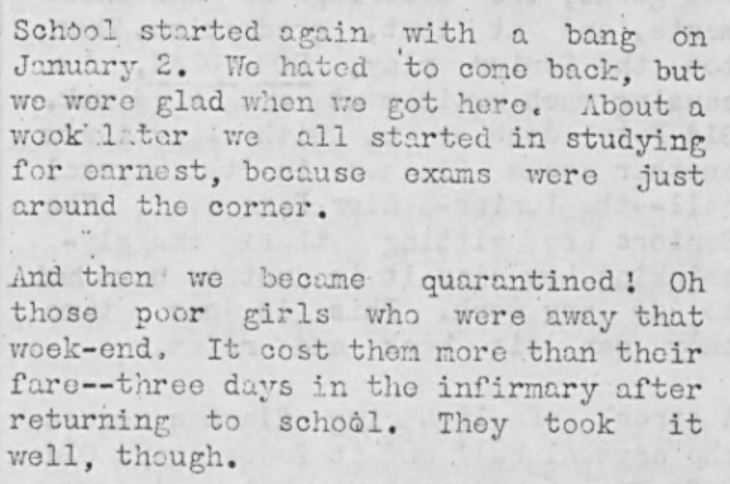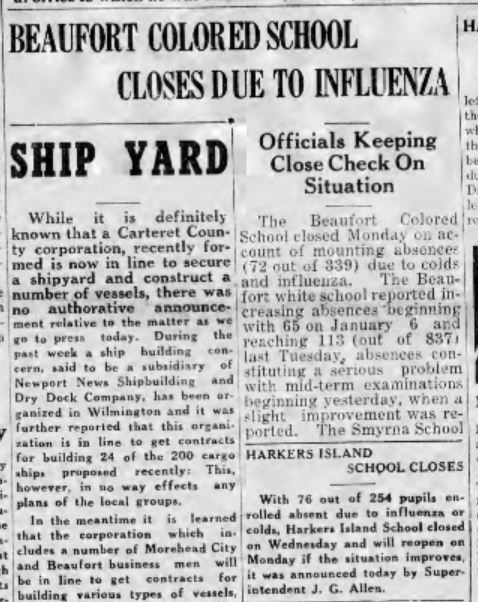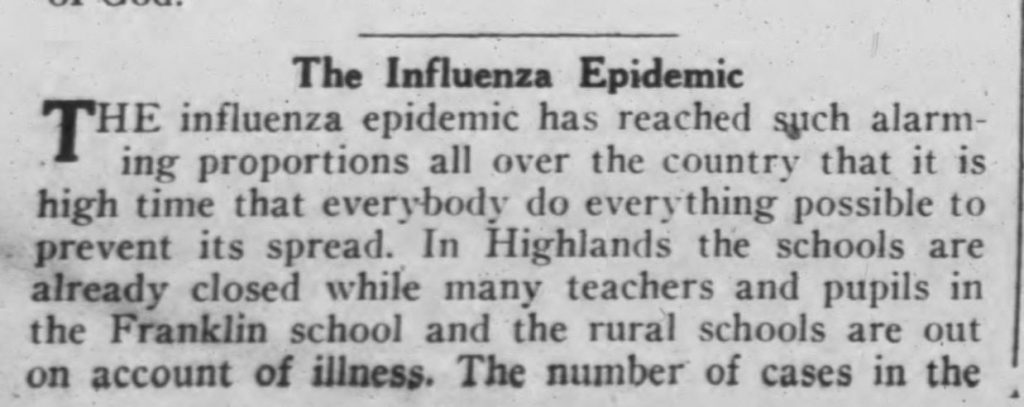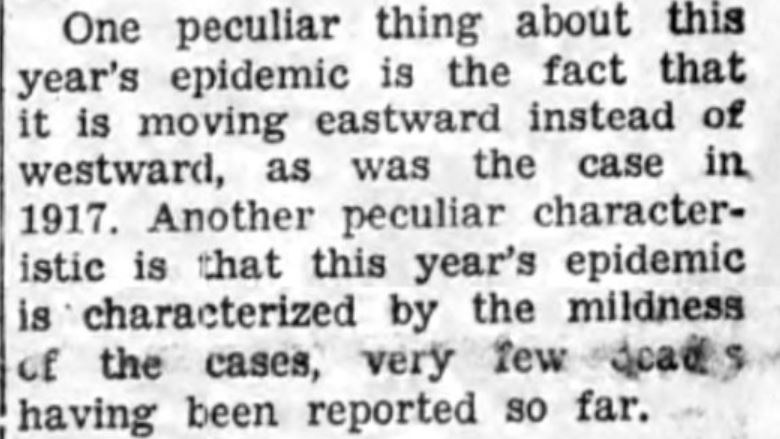
Dawn Schmitz, Associate Dean for Special Collections & University Archives at Atkins Library, UNC Charlotte
This year marks the North Carolina Digital Heritage Center’s 10th anniversary, and to celebrate we’ll be posting 10 stories from 10 stakeholders about how NCDHC has impacted their organizations.
Today’s 10 for 10 Q&A is from Dawn Schmitz, Associate Dean for Special Collections & University Archives at Atkins Library, UNC Charlotte. Since 2010, we’ve partnered with UNC-Charlotte’s Atkins Library (Library home page | NCDHC contributor page) digitizing yearbooks and catalogs, maps, photographs, and newspapers. You should also head over to Goldmine, their digital collections website, where you’ll find oral histories, maps, photographs, and other items documenting the history of the Charlotte area and UNC-Charlotte. Read below for more about our partnership with UNC-C.
What impact has NCDHC had on your institution and/or on a particular audience that means a lot to you?
In 2017, you put out a call for nominations for digitization projects that would help document the history of underrepresented groups in our state. You immediately responded to my nomination of QNotes, a Charlotte LGBTQ newspaper that has been published since the 1980s. As a result, this publication is now online, freely available to the community (rather than behind a paywall), and used regularly by QNotes staff, queer studies scholars and students, and the general public. To top it all off, your bloggers did an incredible job of promoting the resource, highlighting its significance for LGBTQ history. Jim Yarbrough, publisher of QNotes, wrote in the newspaper, “To see our staff’s work made available to a larger audience and future generations — it’s indescribable.”
Do you have a specific user story (maybe your own!) about how DigitalNC has boosted research or improved access to important information?
There are so many examples of reference questions we have answered with a link to DigitalNC. One question I received from our University Communications office was particularly fun and satisfying to answer: When was our sports team first referred to as the forty-niners? Our Athletics department believed it was 1963. But using DigitalNC, I found a mention in the student newspaper two years earlier. (Charlotte collegian., November 01, 1961, page 4 )
What item or group of items on DigitalNC.org do you think everyone should know about?
It’s so hard to choose! For our alumni and the entire NinerNation, the student newspapers, yearbooks, and course catalogs are so important. I personally love the city directories for the wealth of information they contain about Charlotte in the late nineteenth and early twentieth centuries.
If you were asked to “describe what makes NCDHC great” in a few words, what would they be?
NCDHC a first-rate operation: responsive, professional, innovative, inclusive, community-engaged, and indispensable!
